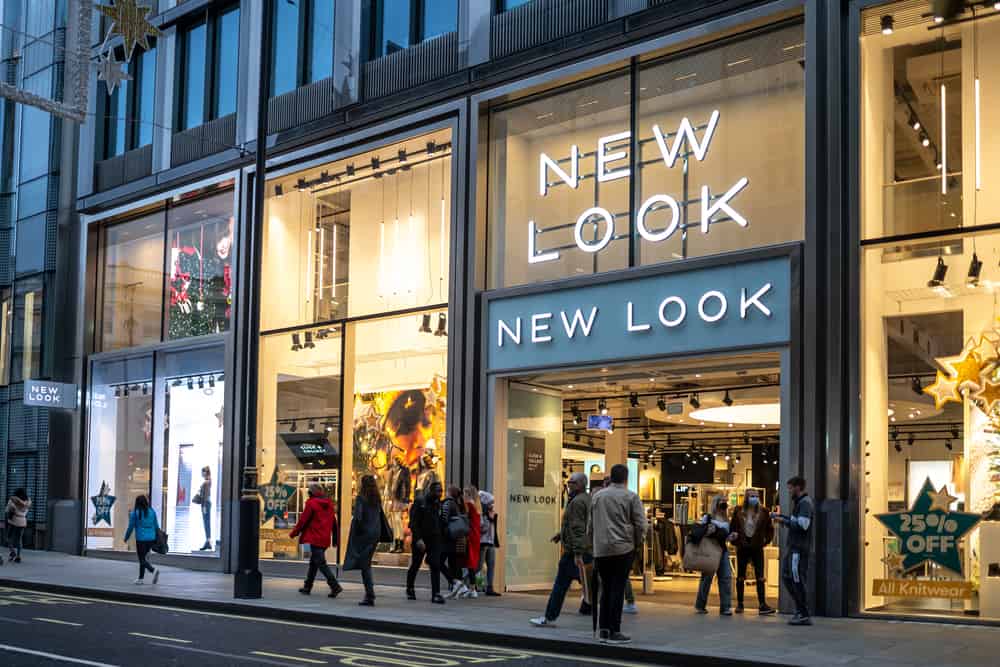The era of pay-per-click marketing could be coming to an end, but only if retailers, banks and network operators embrace co-operation around payments and marketing rather than looking to “own the space,” says Alastair Lukies, CEO and Co-founder of Monitise in an exclusive video interview with Internet Retailing.
According to Lukies, businesses are spending an increasing amount of money on advertising, whereas they could do better by looking at how, by working together, they could move from a pay-per-click marketing model towards a pay-per-purchase model. To do this, he says, retailers, banks and operators need to leverage their individual strengths around how they interact with consumers to offer a better model for retailers.
“If you write down on a bit of paper the strengths of retailers, banks and networks, you find they are very complimentary,” says Lukies. “Banks are very good at keeping money safe and accessible. They also have a great view of consumers’ spending habits. Retailers are great at developing and importing and marketing products, as well as understanding what consumers buy. Operators have much to add in terms of the other habits of consumer mobile use. Working together this information can help retailers and banks move away from paying Google for information of who clicked on what regardless of whether they buy anything or not, to being able to pay small fees to each other based on actual purchases.”
This shift in how retailers and banks can co-operate is all part of how mobile commerce – and mobile payments in particular – are set to impact the internet retailing market in the coming years. The mobile is now the de facto gateway for smart phone users to bank, and soon buy from retailers. “There are 2 billion people globally with a bank account, but 6 billion with a mobile phone” says Lukies. “So there are 4 billion people who can afford a mobile phone who don’t have a bank account. This is a massive opportunity to offer payments, banking and retail services to more than half the world’s population. And demographics who have no history of doing something in a particular way are always more likely to rapidly adopt new technology solutions. This is why mobile commerce is growing so quickly.”
As Lukies sees it, delivering new services is not about disruption and rethinking a whole business sector, but more about how to attract new users to using existing services through new channels. “For instance, in the UK, the average age when someone gets their first mobile phone is 11. They get their first bank account at 16. That’s five years when they have got totally familiar with using apps and mobile. So retailers, banks and payment companies need to be looking at how to target new ways of accessing their existing businesses through these new channels.”
But while there is logic to Lukies’ world view, he accepts that there may be perception issues. Mobile wallets being one that can lead to much confusion among both consumers and brands.
“There are going to be many, many mobile wallets – each brand, bank, payment company, retailer is likely to have their own wallet app, but the current thinking in boardrooms, that each has to be the only one the consumer uses, is flawed,” he warns. “Again it comes back to ‘co-opertition’, where brands – both in retail and banking – need to have their own wallets, but also be present in each others for maximum benefit.”
To see the full video interview click here








